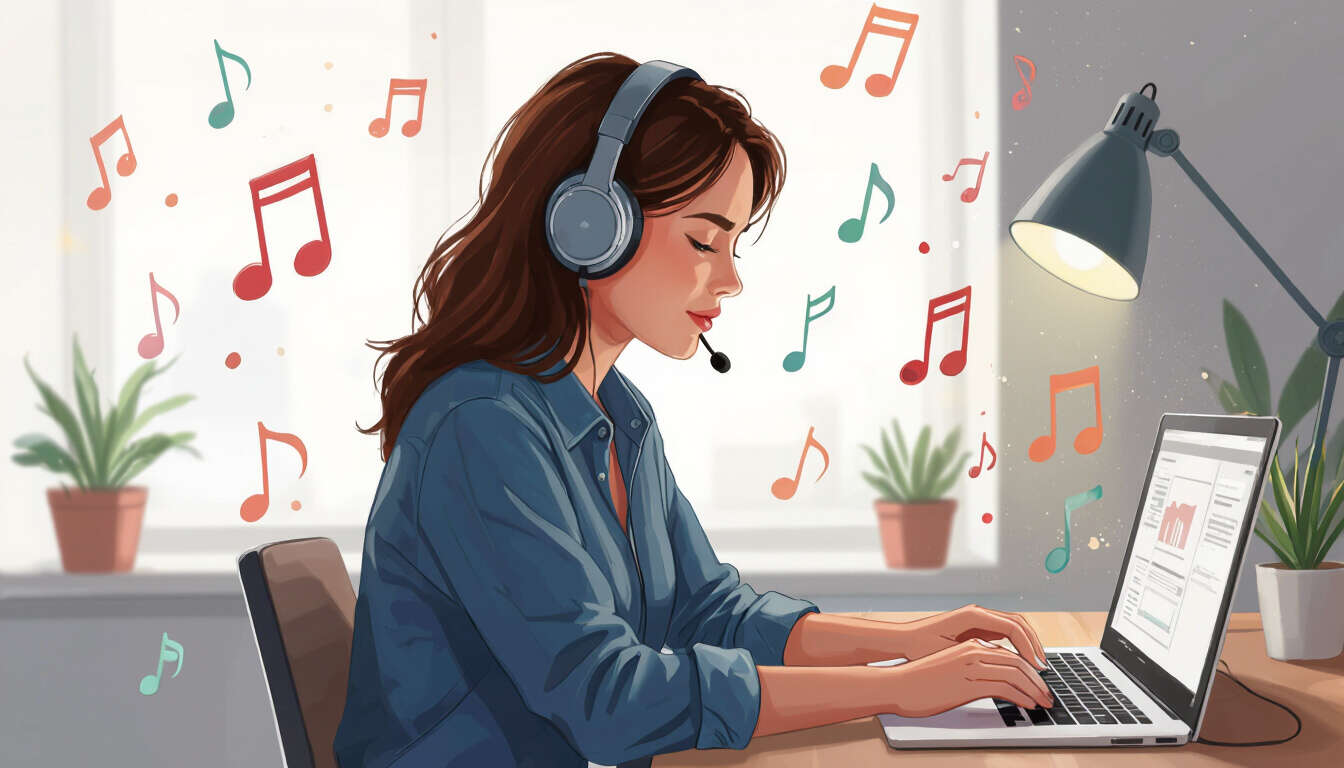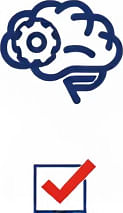Music as a Tool for Enhancing Focus in ADHD
 by Verner Mayer
by Verner Mayer
Discover how music can serve as an effective aid for improving focus among individuals with ADHD. This article explores practical ways to use music to manage attention challenges and boost productivity in daily life, offering supportive strategies for better concentration.

Many adults and young adults with ADHD face daily attention challenges that can make tasks feel overwhelming. Music offers a gentle way to address these issues by providing a steady background that supports concentration. For instance, music has the potential to create a calming environment, making it easier to stay on track.
One key aspect is how certain sounds influence the brain. Research indicates that rhythmic patterns in music can help regulate attention spans. By selecting tunes with a consistent beat, individuals might notice improved engagement during work sessions. This approach can be particularly useful for those seeking ways to maintain focus without added pressure.
When exploring options, consider genres like classical or ambient sounds. These can minimize distractions and promote a sense of flow. ADHD often involves heightened sensitivity to surroundings, so choosing music without lyrics might reduce cognitive overload.
To incorporate this into routines, start with short sessions. Begin by listening to a playlist while tackling a single task, such as reading or organizing. Over time, this can build into longer periods of productive work. Experimenting with different volumes and types ensures a personalized fit.
Benefits in Action
In practice, many find that music acts as a bridge to better productivity. For example, it can mask background noise in busy environments, allowing for deeper immersion. This method supports a positive mindset, reminding us that small adjustments lead to meaningful changes.
Another angle is the emotional lift music provides. A favorite track might spark motivation, turning routine activities into enjoyable experiences. focus becomes more achievable when paired with elements that resonate personally.
Tips for Getting Started
- Create a dedicated playlist for work or study.
- Use timers to alternate between music and silence.
- Track progress in a journal to see what works best.
These steps encourage a trial-and-error process, fostering empowerment along the way. Remember, everyone's needs differ, so patience is key.
Ultimately, integrating music into daily life can transform how we approach tasks. By viewing it as a supportive ally, individuals with ADHD gain tools to thrive in various settings. This simple strategy highlights the value of creative solutions in everyday challenges.
